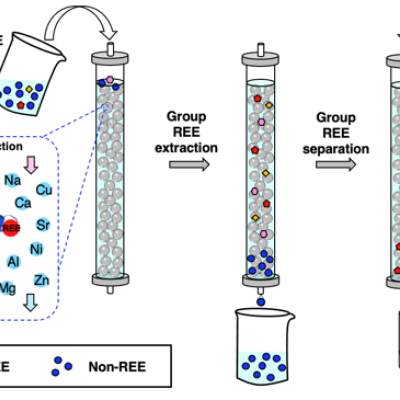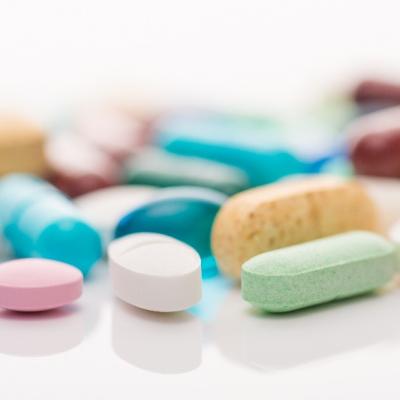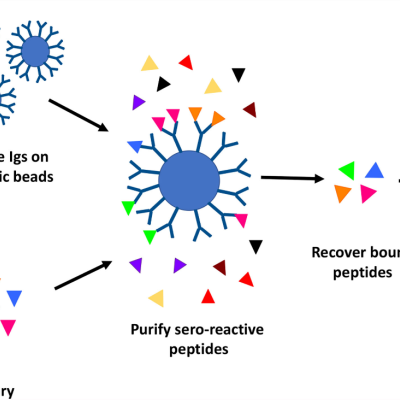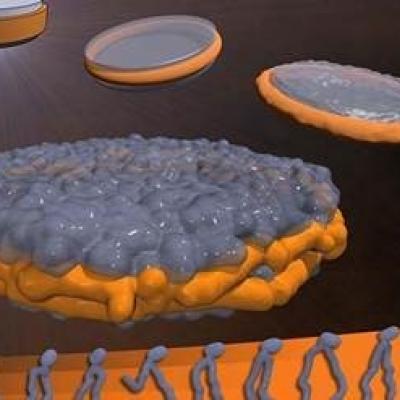As an important step toward overcoming the technical and environmental limitations of current REE processing methods, the LLNL team has patented and demonstrated a biobased, all-aqueous REE extraction and separation scheme using the REE-selective lanmodulin protein. Lanmodulin can be fixed onto porous support materials using thiol-maleimide chemistry, which can enable tandem REE purification…
Keywords
- Show all (117)
- Instrumentation (41)
- Synthesis and Processing (20)
- Diagnostics (12)
- Additive Manufacturing (7)
- Therapeutics (7)
- Materials for Energy Products (6)
- Brain Computer Interface (BCI) (5)
- Material Design (4)
- 3D Printing (2)
- Membranes (2)
- Additively Manufactured (AM) Optics (1)
- Direct Air Capture (1)
- Magnet Compositions (1)
- Multilayers (1)
- Polymer Electrodes (1)
- Structural Materials (1)
- (-) Rare Earth Elements (REEs) (2)
- (-) Vaccines (2)
- (-) Material Characterization (1)
Technology Portfolios


LLNL researchers have developed a technology suite that includes several methods for detecting trace levels of illicit drugs even in mixtures. These methods can be used as a rapid screening test for incoming samples; for the samples that were determined to contain detectable amounts, they would undergo final verification using conventional laboratory analytical techniques.

LLNL researchers have discovered that some inexpensive and commercially available molecules used for other applications, could render certain lanthanide and actinide elements highly fluorescent. These molecules are not sold for applications involving the detection of REEs and actinides via fluorescence. They are instead used as additives in cosmetic products and/or in the pharmaceutical…

LLNL’s high throughput method involves proteome-wide screening for linear B-cell epitopes using native proteomes isolated from a pathogen of interest and convalescent sera from immunized animals.

LLNL has developed a novel process of production, isolation, characterization, and functional re-constitution of membrane-associated proteins in a single step. In addition, LLNL has developed a colorimetric assay that indicates production, correct folding, and incorporation of bR into soluble nanolipoprotein particles (NLPs).
LLNL has developed an approach, for formation of NLP/…

